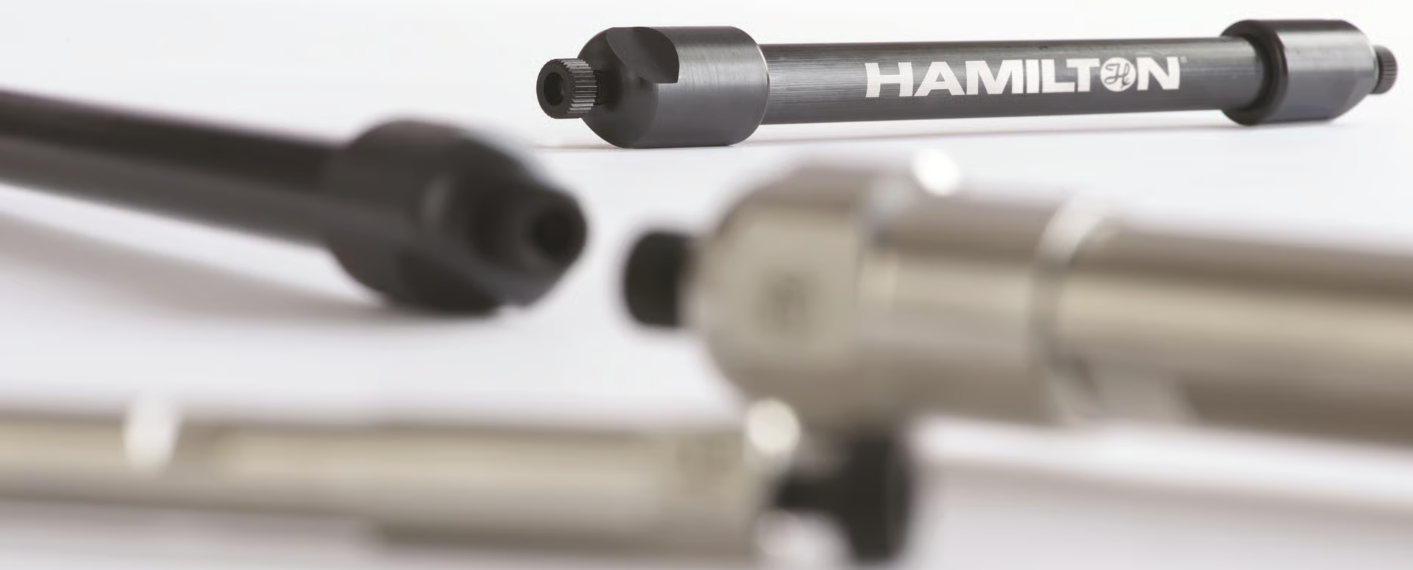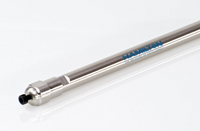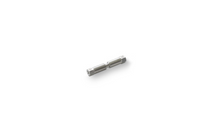Cation Exchange

Hamilton Cation Exchange Columns
Hamilton’s cation exchange columns are engineered for high-performance separations of positively charged analytes using strong, predictable ion-exchange interactions. In cation exchange chromatography, the stationary phase carries a negatively charged surface that selectively retains cations. The greater the positive charge of the analyte, the stronger its interaction with the stationary phase—resulting in increased retention, enhanced resolution, and improved selectivity for ionic and ionizable compounds.
Elution is precisely controlled by the aqueous mobile phase, where adjustments in pH and ionic strength fine-tune analyte interaction with the resin. Increasing ionic strength or shifting pH disrupts electrostatic attractions, enabling analytes to elute in a predictable order. These flexible elution strategies make cation exchange chromatography highly effective across environmental, pharmaceutical, food and beverage, and research applications.
Because Hamilton uses robust polymeric stationary phases instead of silica, these columns tolerate aggressive mobile phases—including very high pH conditions (>11)—and withstand elevated temperatures far beyond the limits of silica-based materials. This durability allows rigorous cleaning, longer column lifetimes, and reliable performance under demanding analytical conditions.











